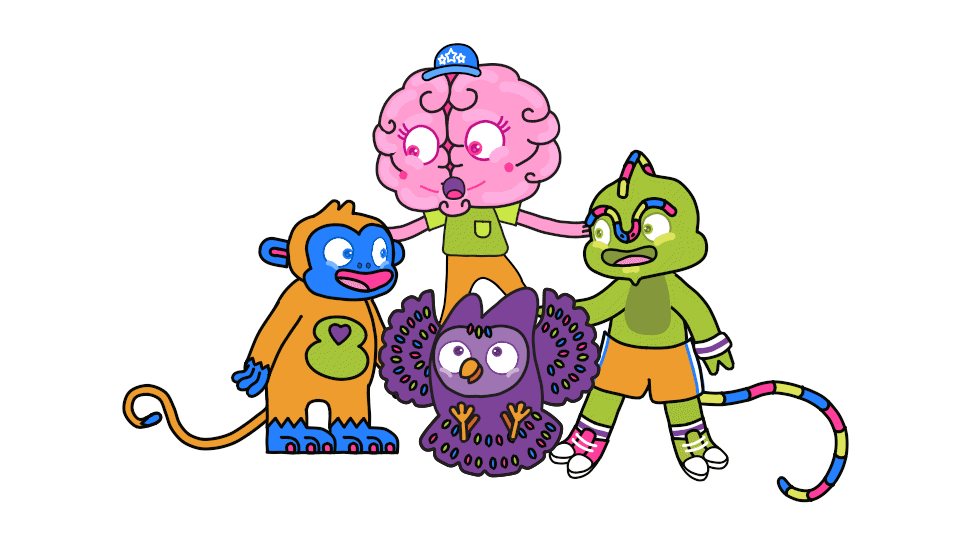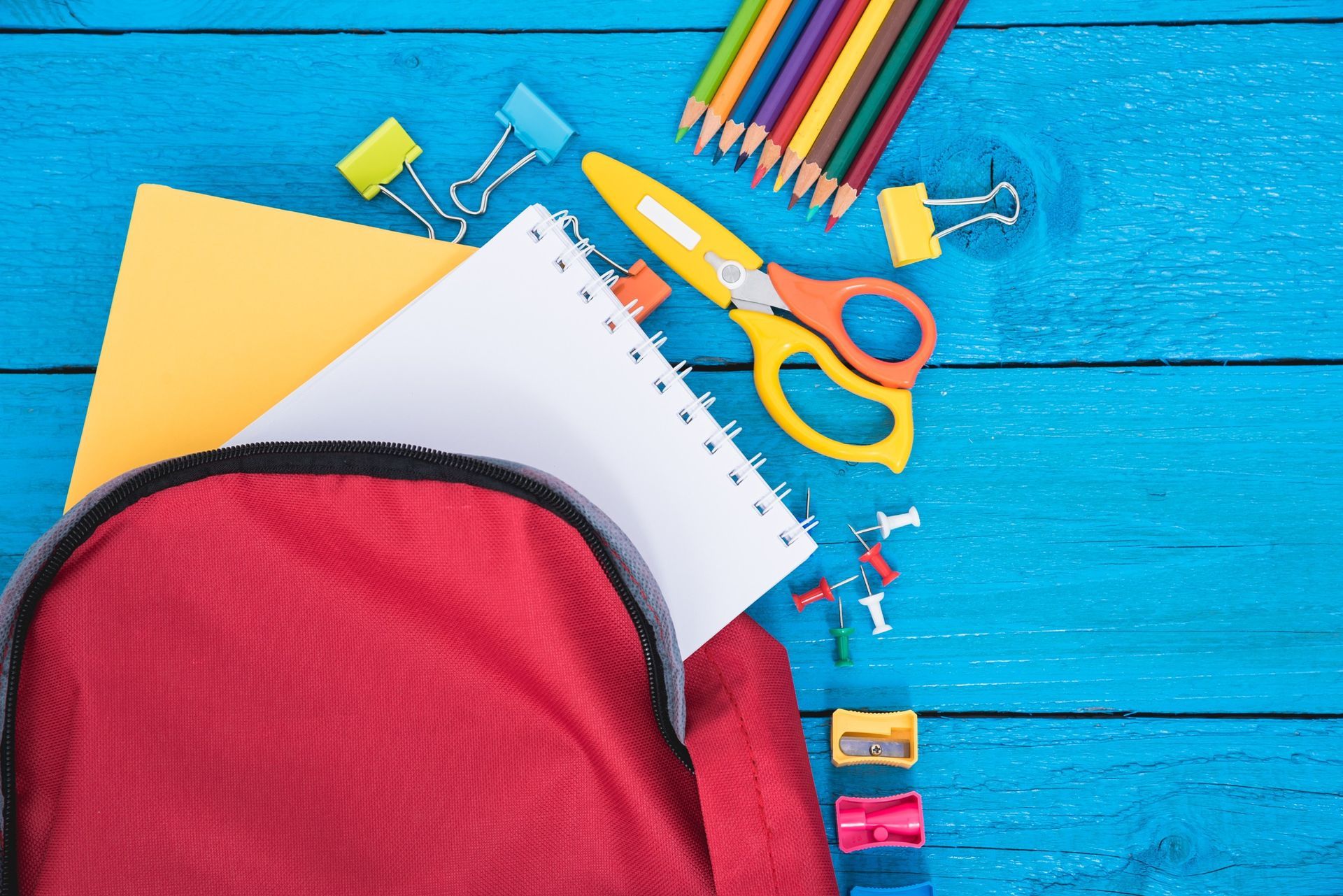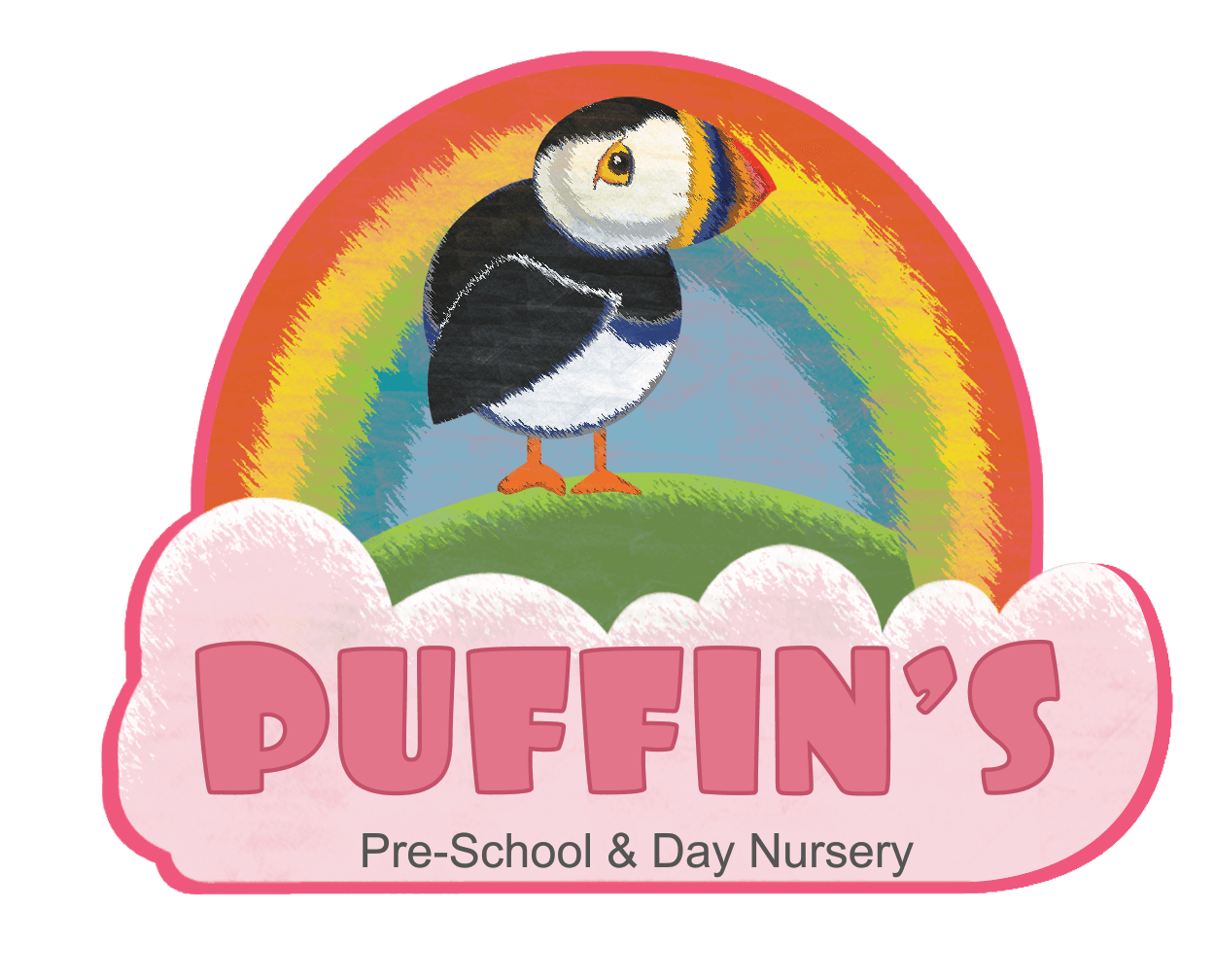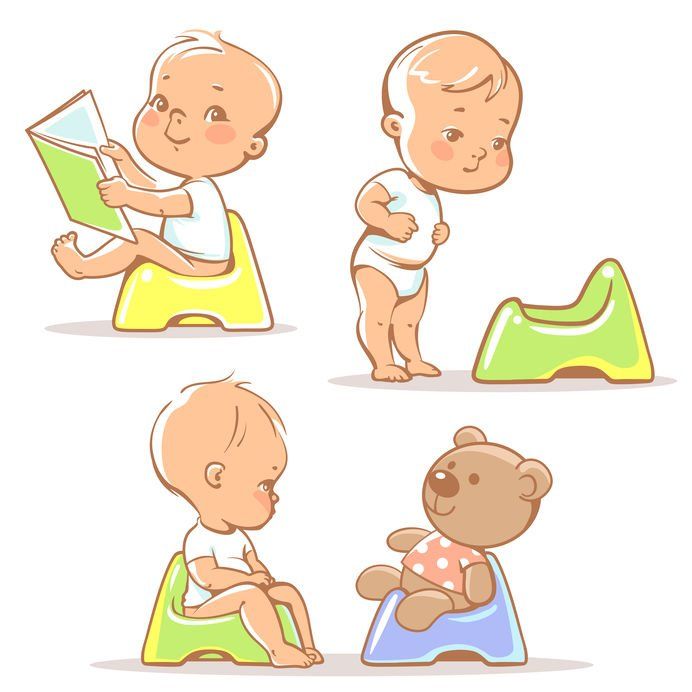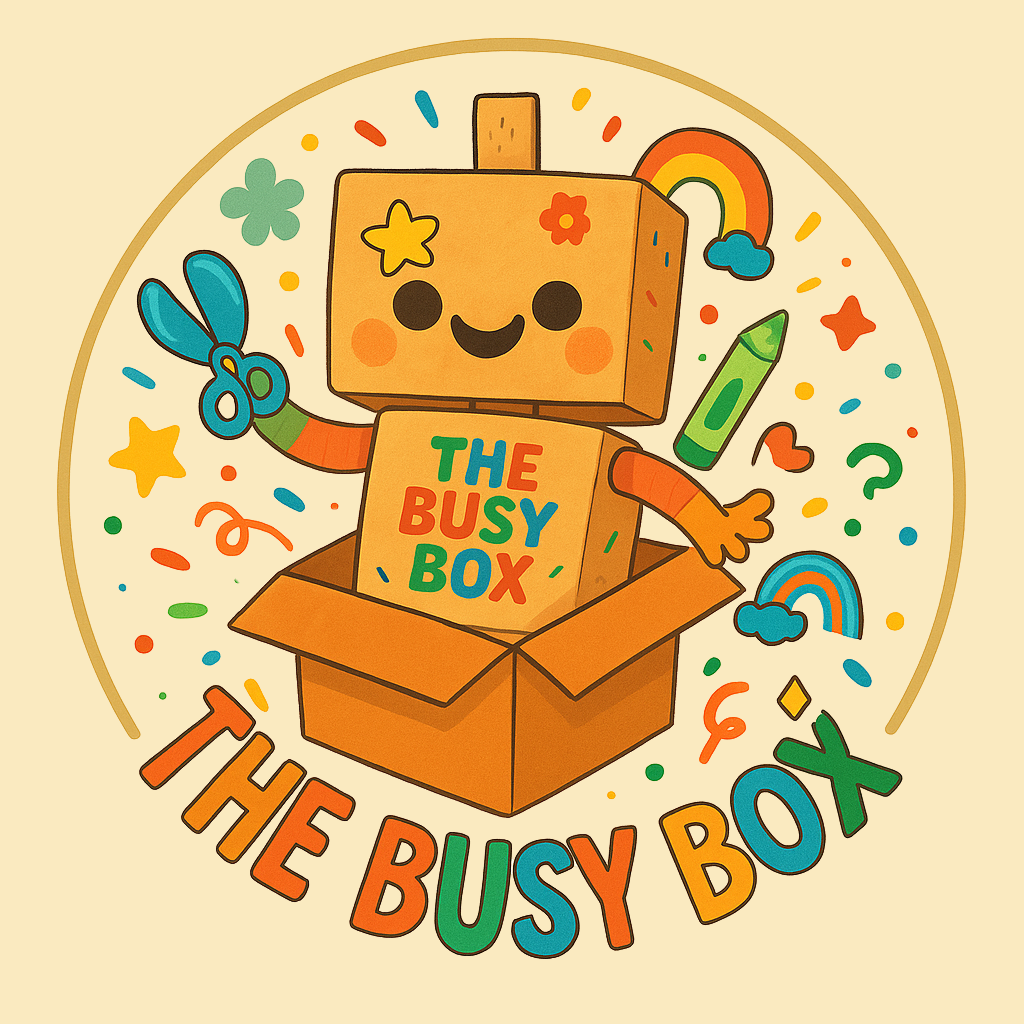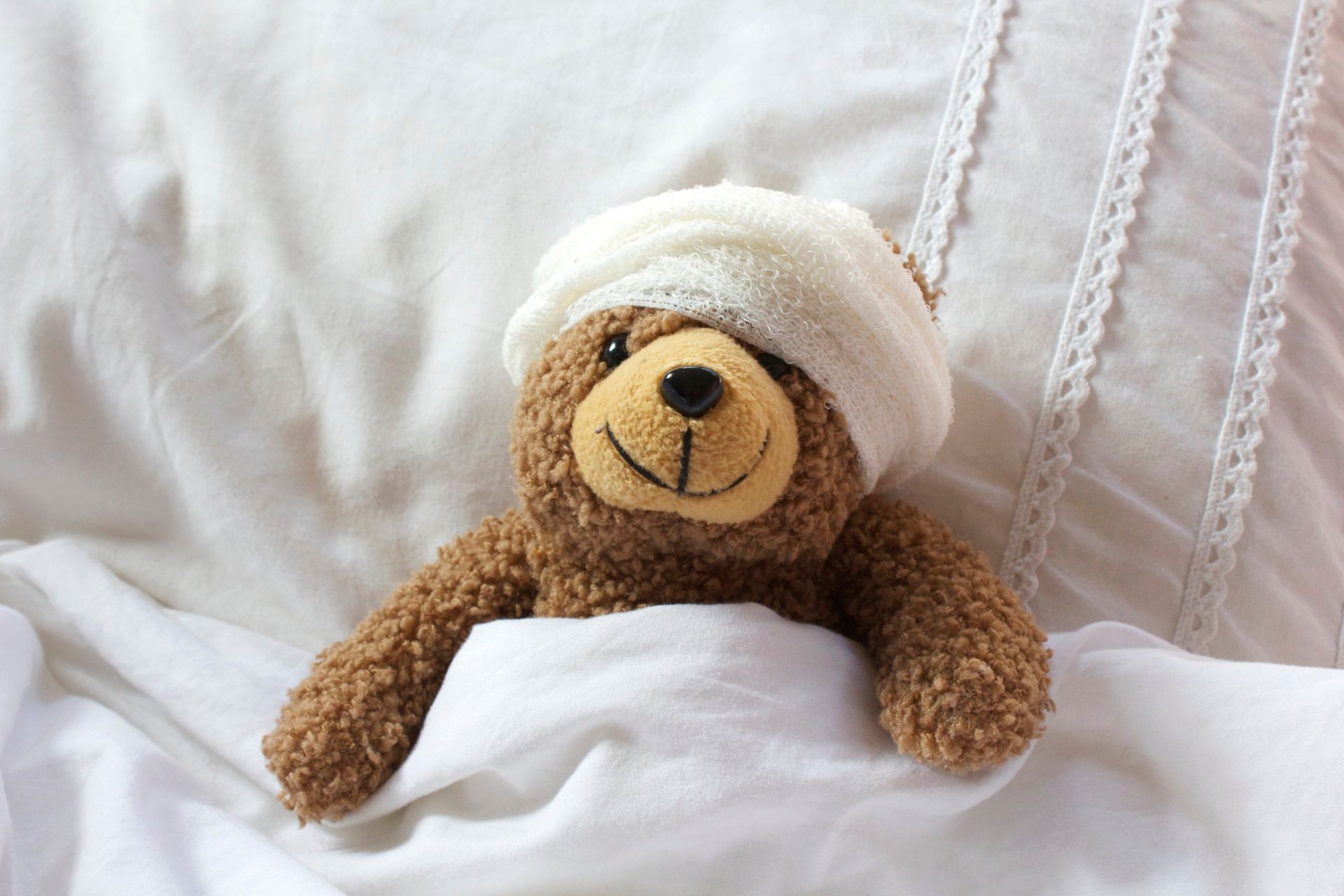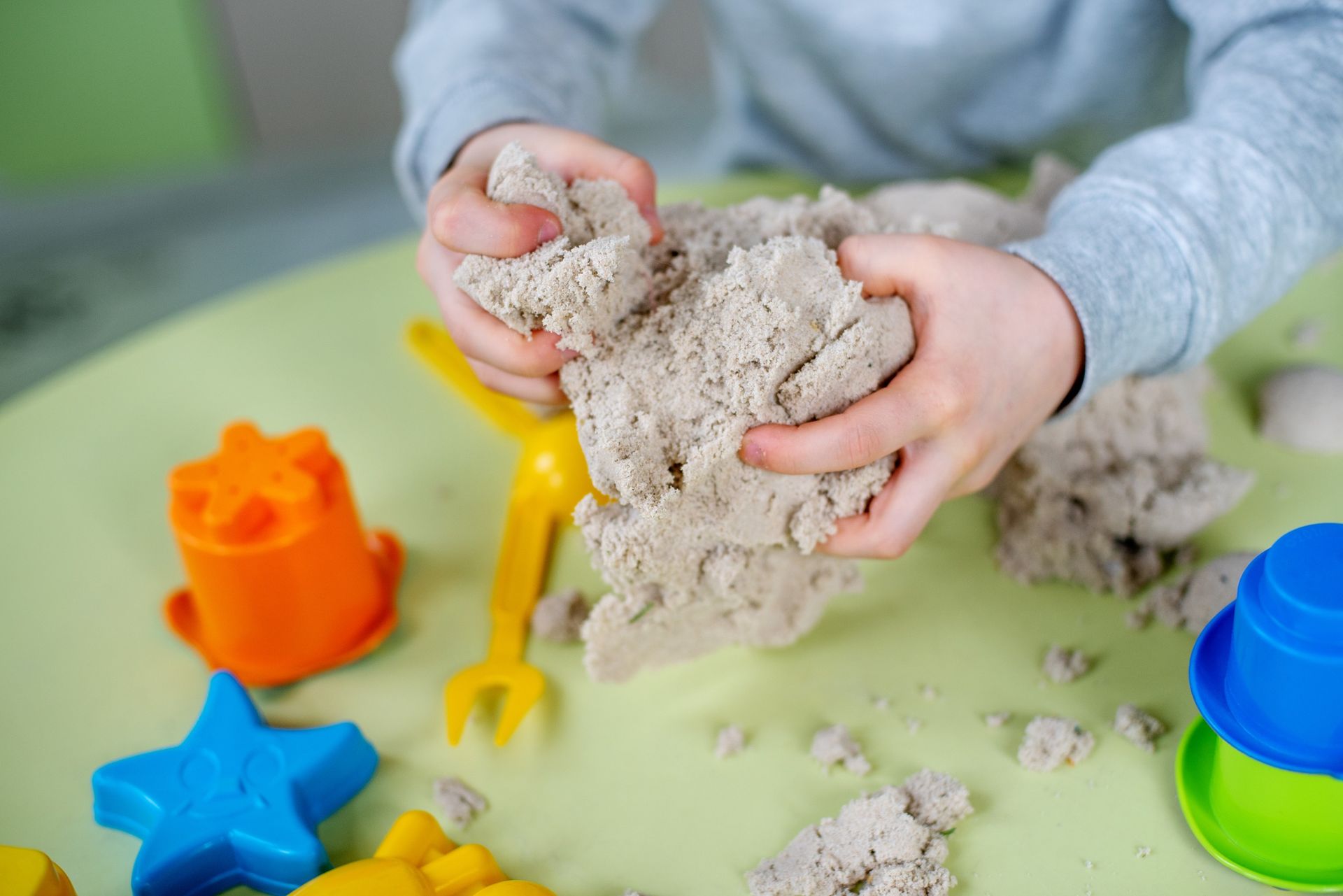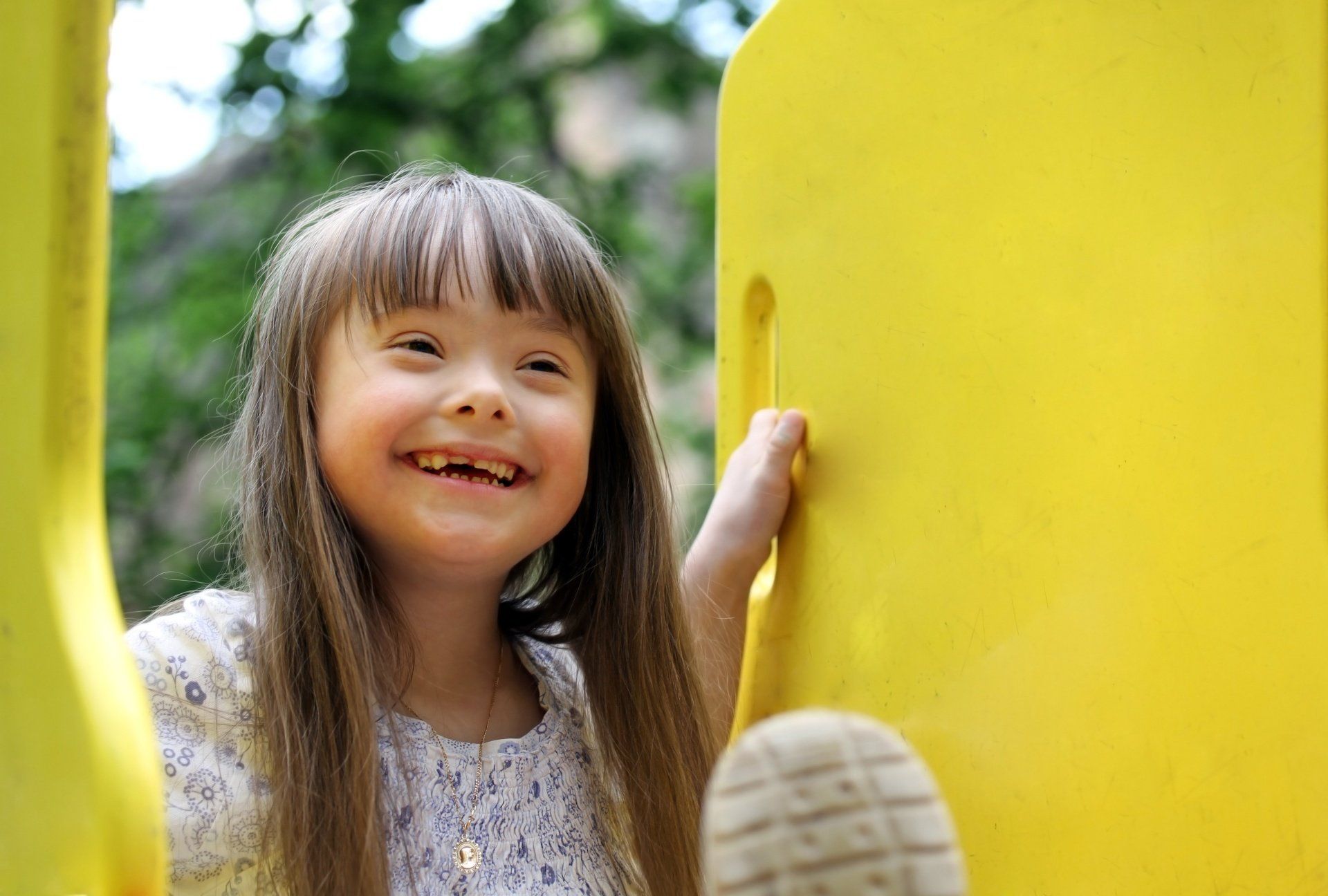Tips for Supporting Toilet Training
Our Top Tips for Making Toilet Training Easier
What do we mean by 'toilet training'?
Toilet training helps children:
- Recognise the need to go to the toilet
- Control the need
- Communicate the need
- Complete the toilet sequence as far as they are able
- Pull their underwear down
- Get onto the toilet
- Sit on the toilet have a wee/poo
- Wipe themselves
- Get off the toilet and pull their underwear up
- Flush the toilet and wash and dry hands
When should you start toilet training?
Look for signs that your child is ready to use the potty or toilet. These might include:
- Awareness of passing urine or having a bowel movement
- Showing discomfort when a nappy is wet or soiled
- Waking from a daytime sleep with a dry nappy
- Showing an interest in a potty or the toilet
What if your child does not show these signs?
If your child's condition means that they are not showing any of these signs, you should discuss it with one of the professionals involved with your child's needs. This could be the health visitor, community nurse, occupational therapist, paediatrician, teacher, teaching assistant or school nurse.
Before starting
Choose a time when you can spend a lot of time with your child, your child seems happy and there are no major distractions or stressful events such as starting nursery or moving from a cot to a bed. Make sure the time you choose fits in with you as well - perhaps when there is someone else to help you if this is possible.
It may take some time for a child to learn, so make sure that toilet training can be carried out in the other places your child visits such as the playgroup, nursery, or school. You will need to be sure that any one-to-one workers contribute to the toileting plan.
Tips Before Starting
- Look at the times your child is most likely to use the toilet, for example after meals, when they wake up from a sleep. It is worth making a chart for a few weeks to establish any patterns.
- Plan a routine you can stick to until it becomes established.
- Make sure your child can sit on the toilet or potty comfortably and without any fear of falling off. The child should be able to place their feet flat on the floor or foot step.
- There are various toilet seats and steps available from retail outlets.
- If your child has difficulty sitting, an occupational therapist should be able to help with equipment and check whether the toilet needs to be adapted so it is more comfortable.
- Make sure you change the child in the toilet so that they get used to the toilet as a place where wee and poo happens.
- Try to make the bathroom as welcoming as possible. You could put stickers on the walls to make it an exciting place to be.
Once you start
- Be patient - don't expect instant results.
- Do not restrict fluid intake - plenty of drinks should be given so that the need to go to the toilet becomes familiar.
- A healthy diet with plenty of fibre, for example brown bread, fruit, Weetabix - helps bowel movements to be soft and easy to pass.
- Take your child to the toilet at the times you expect they may need to go - refer to the chart you have made.
- Avoid taking your child too frequently. If they have just used the toilet, they will not need to visit for at least one hour.
- Keep to the planned routine as much as you can.
- Do not show any signs of concern - it will make your child feel anxious.
- Remember there are several steps in the whole process and each one needs to be reached - they may not all happen at once.
- If your child is reluctant to sit still, you could sing some songs or read a book with them just for a few minutes. Never keep your child on the potty or toilet for more than five minutes.
- If your child is older and too big for a potty and still not showing interest in using the toilet then make sure they visit the toilet area regularly.
- You may need to put a favourite book, picture or toy next to the toilet or play a favourite piece of music to encourage them to come into the room.
- Make sure all toileting needs occur in the toilet so that your child associates the changing of nappies and pants with the toilet area.
- Praise your child first for showing an interest in the potty or toilet, then for using the potty - every small step should be rewarded with praise or stickers.
- Make sure your child sees you washing your hands after wiping them so it becomes part of the process of using the toilet.
- Let your child get used to the routine of washing their hands after being on the potty or toilet.
Bowel Movements
- Sit your child on the toilet or potty when you think they are likely to have a bowel movement and encourage them to push down gently. To encourage this, try making your child laugh or to blow into a toy or whistle.
- If nothing happens, say nothing and try again a bit later.
- If it is acceptable to your family, take your child into the toilet when you or family members go, to show the child what is expected. It may take much longer than with other children, so be patient.
Smearing
- Some children with learning disabilities smear their faeces after going to the toilet. This could be a child has not understood the process of wiping with paper. Others enjoy the feel of the faeces, and providing them with an alternative activity such as play dough can resolve the situation.
- Some will use it as a way of getting attention, because they are extremely upset and agitated., or because they have learnt they are rewarded for such behaviour by being given a nice warm bath.
- Try to stay calm
- Avoid giving them lots of attention as a result of their behaviour
- Reinforce good behaviour by giving them lots of praise when they carry out other activities well
- Try to see if there is a pattern to their behaviour, as it might help you understand why they are doing it
- Seek advice from a professional such as a nurse, health visitor, occupational therapist or psychologist on dealing with it
- Set a period of time to try any strategies, and if nothing happens, wait for a while before starting again.
Children who find it hard to communicate
- Make sure your child can communicate to you when they need to use the toilet and that they know where the toilet or potty is and can get in and out of that room easily.
- Some children who are able to speak will be able to use words. Others may not be able to ask to use the toilet and may need to use another system, such as a signing system like Makaton or a symbol. Other children may be able to use a photograph or object, such as a roll of toilet paper.
- Make it fun - find a special toy, which your child only uses when in the toilet - this will help them to associate going to the toilet with fun and not stress.
- If your child needs to be cleaned, make sure that people working with them know this should be done in a private bathroom area in an age - appropriate way. It is not acceptable for a physically able young person to be 'changed' whilst lying down.
- If your child takes a long time to learn to use the toilet
- Try to get clothes that are easy to wear, change, and wash.
- Items such as large size nappies, waterproof mattress covers and covers for duvets and pillows may be available from the continence service, when your child is three or four- ask your health visitor. If not, you can get them from larger chemists.
- If your child is older, it is often you as their parents who understands their needs, and you may be able to devise your own strategies.
- Do not despair. Try to speak with other parents for support, advice and tips.
- If your child is having difficulty using the toilet
- Speak to a doctor to check for physical problems if your child is having difficulty in learning to use the toilet.
- Some children, particularly those with profound and multiple difficulties, may not be able to use the toilet on their own, but will need to have a toileting programme which will ensure their needs are treated with respect. Ask your health visitor or community nurse for advice.
- All children are different and the way they learn to use the toilet may be linked with the specific condition they have. It is a good idea to get in touch with the relevant support groups to get advice from people who have more experience.
Getting specialist help
Your health visitor can give advice on toilet training and we can send you a parent guide on this topic. They might refer you to:
- A continence advisor to give you advice and practical help if your child is incontinent.
- A paediatrician to check for medical reasons why your child might be finding this difficult.
- A clinical psychologist to give advice on how to encourage your child to use the toilet.
- If your child requires nappies over the age of three the NHS can sometimes help by providing nappies and incontinence equipment. Your health visitor or GP can tell you more about this service.
